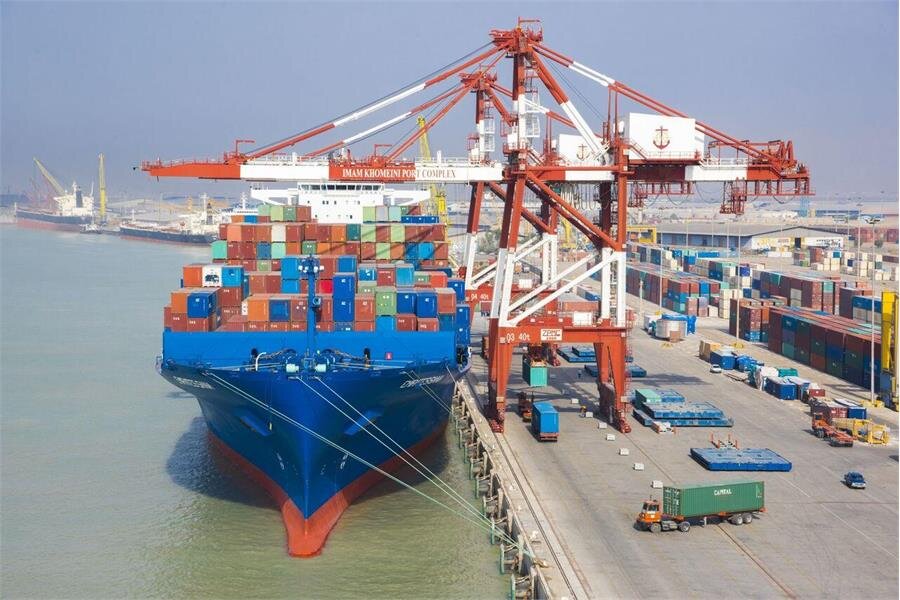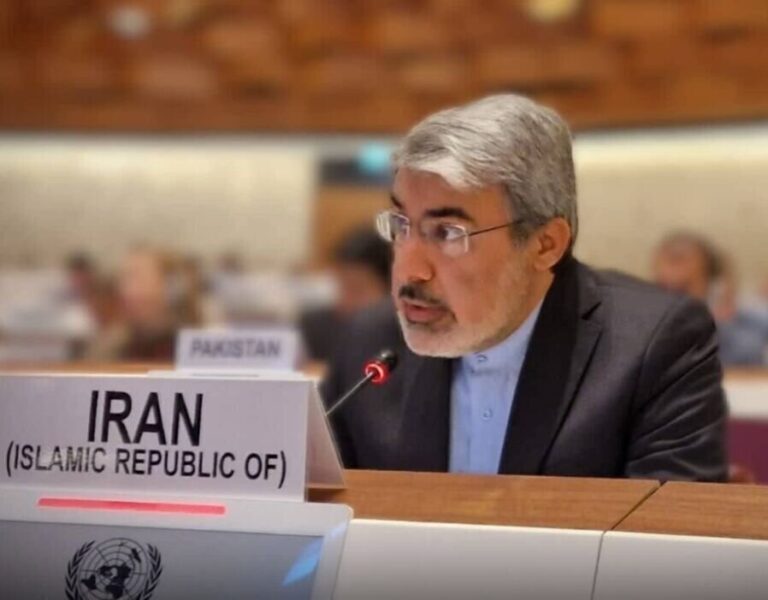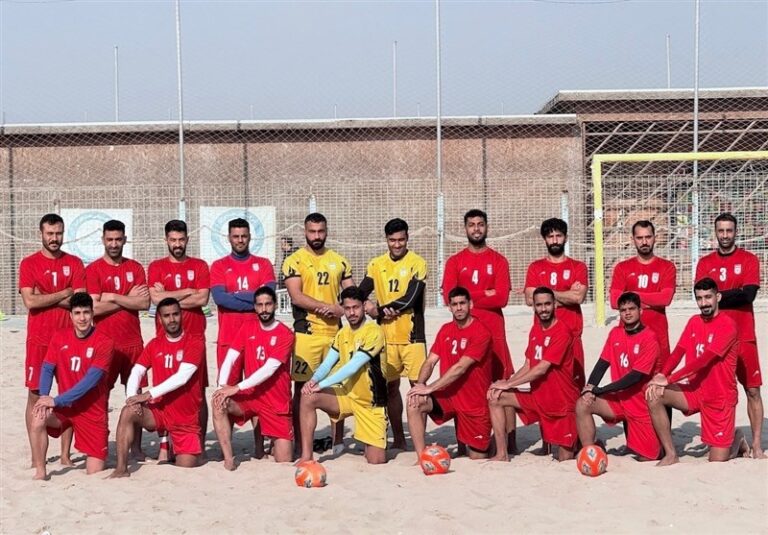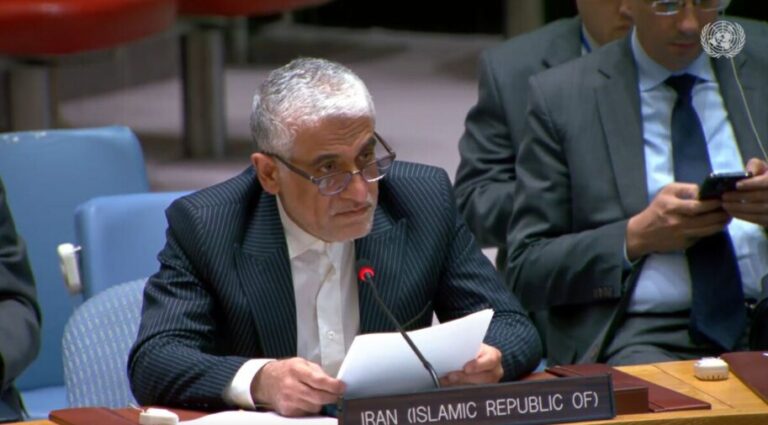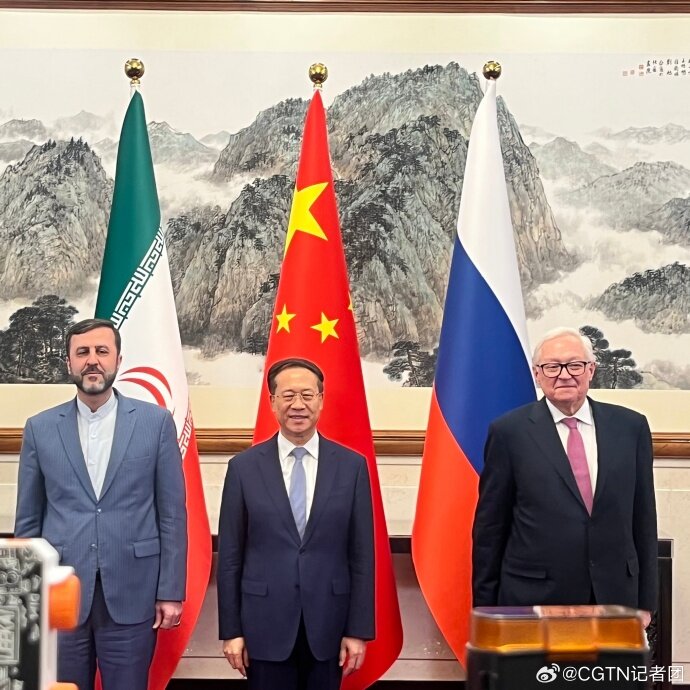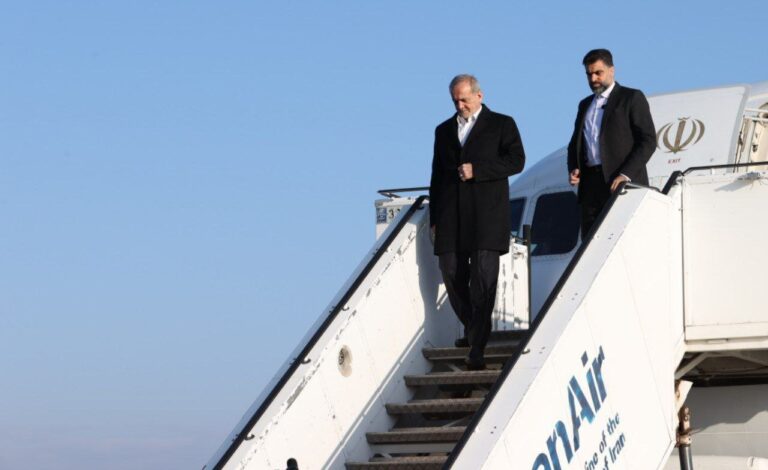Imam Khomeini Port: Iran’s Essential Trade Hub and Strategic Gateway
Imam Khomeini Port, located in the Khuzestan province within Mahshahr County, is a vital asset for Iran’s logistics and maritime infrastructure. Strategically positioned on the northern coast of the Persian Gulf, this port is approximately 850 kilometers from Tehran and only 100 kilometers from Ahvaz, making it a significant hub for both domestic and international trade.
This port plays an essential role in Iran’s network of international corridors, enhancing its status as a major transit and logistics center. The Ports and Maritime Organization (PMO) underscores the port’s importance for national economic growth and its function as a facilitator of international trade, particularly in bulk, petrochemical, and containerized cargoes.
Capabilities and Advantages of Imam Khomeini Port
Imam Khomeini Port boasts several key advantages that make it a crucial player in regional and international trade:
- Multimodal Connectivity: The port provides direct access to the national railway system and major transit routes, which enables seamless cargo movement across Iran and into neighboring countries. Its proximity to Mahshahr Airport further boosts logistical efficiency.
- Special Economic and Industrial Zones: The port is adjacent to Iran’s largest petrochemical industry special economic zone and near the Arvand Free Industrial & Trade Zone, offering legal facilities and incentives that promote robust industrial and commercial activities.
- Regional and International Trade Hub: Strategically located on vital transit corridors, Imam Khomeini Port connects Southeast Asia, the Persian Gulf, Iraq, Turkey, Central Asia, the Caucasus, and Eastern Europe to Europe, making it a pivotal gateway for trade.
Port Infrastructure and Capacity
Imam Khomeini Port is equipped with advanced infrastructure capable of accommodating vessels up to 150,000 tons. It features a dedicated container terminal with an annual capacity of around 700,000 TEUs. Additionally, the port complex includes the largest grain terminal in Iran by transaction volume, outfitted with state-of-the-art machinery and technology to ensure efficient operations.
Diverse Cargo Handling
This port excels in providing comprehensive cargo services, which encompass:
- Loading and unloading of liquid and dry bulk cargos
- Handling of petrochemical products and minerals
- Management of grains, general, and containerized cargos
Specialized terminals are available for containerized goods and grains, along with facilities for cargo stowage, grain silos, and storage tanks for liquid bulk and petrochemical products. Notably, Imam Khomeini Port accounts for 34% of Iran’s total transit cargo, serving as a major conduit for goods moving between Iran and its neighboring countries in Central Asia, the Caucasus, and Europe. Its integration with national rail and road networks enhances its role as a logistics and distribution center.
Investment Opportunities at Imam Khomeini Port
The port complex presents significant investment potential across various sectors, including:
- Factory construction
- Power plants
- Warehouses and storage facilities
- Service centers
The Ports and Maritime Organization of Iran (PMO) actively supports investors by providing clear steps, dedicated packages, and regulatory guidance to foster growth and development.
Impressive Cargo Throughput
During the last Iranian fiscal year, which ended in March 2025, Imam Khomeini Port recorded a total cargo throughput of over 48 million tons, reflecting a year-on-year growth of 1%, according to port authorities. Notably, containerized cargo operations demonstrated a significant increase of 30%, with 87,611 TEUs handled throughout the year. This growth highlights the port’s enhanced efficiency and rising container traffic.
Furthermore, Imam Khomeini Port is responsible for 70% of Iran’s total unloading, storing, and distribution of essential commodities, solidifying its position as the country’s primary logistics gateway for strategic imports.
